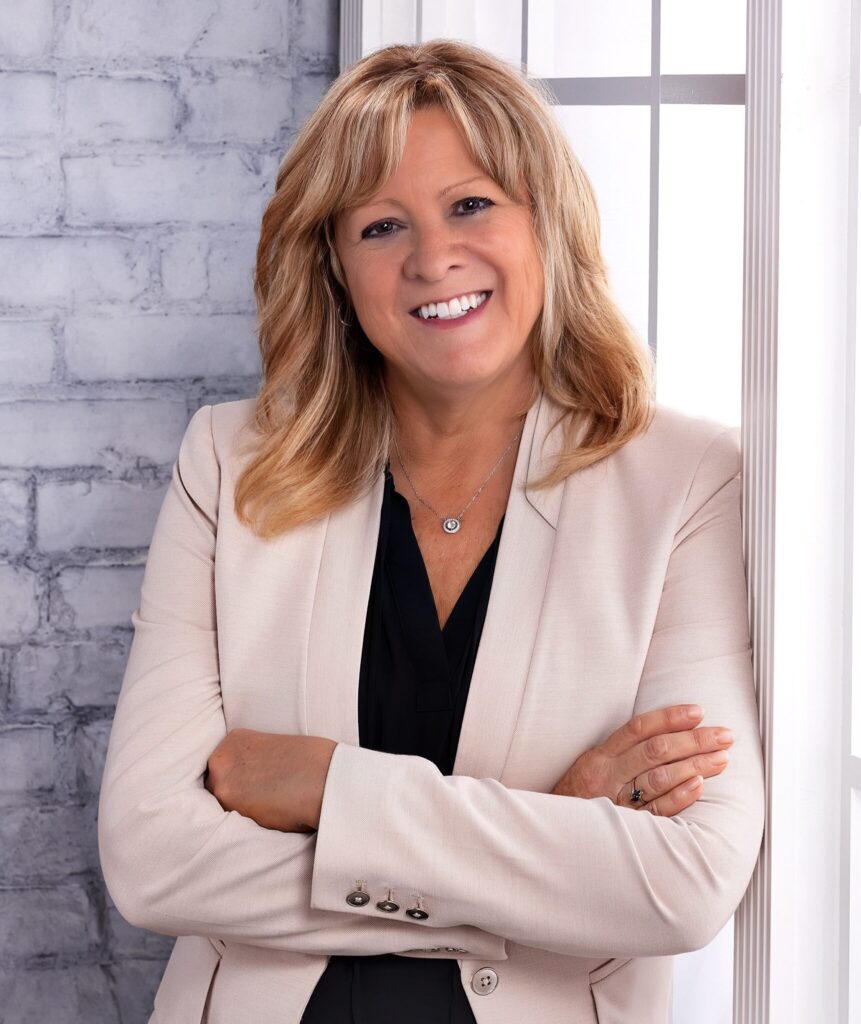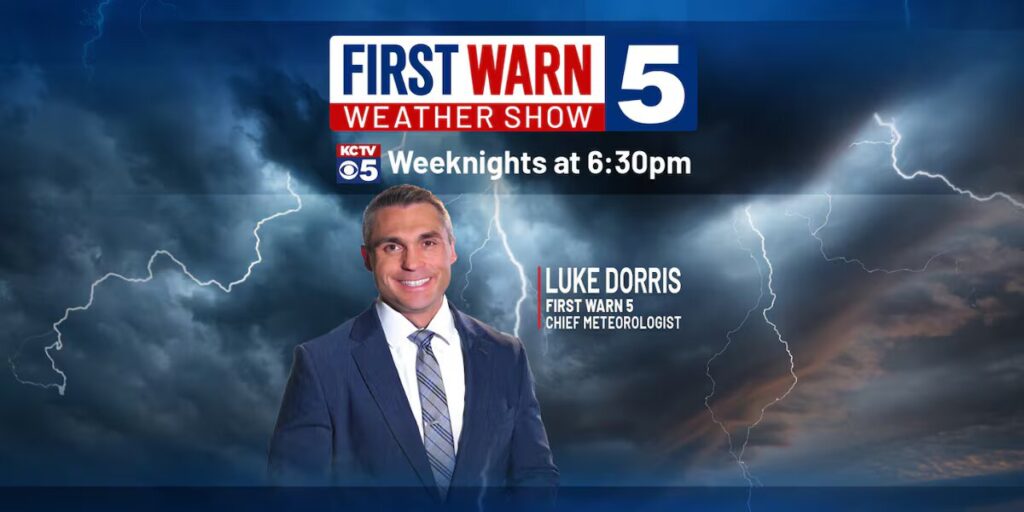 In a call with analysts discussing its purchase of Fisher, CEO David Smith says: “We think we can do a lot more” station buying. With the Fisher buy, Sinclair — just since the first of the year — has boosted its portfolio by roughly 50 stations, spending approximately $842 million to do so, tapping cash on hand, banks and capital markets for the funds.
In a call with analysts discussing its purchase of Fisher, CEO David Smith says: “We think we can do a lot more” station buying. With the Fisher buy, Sinclair — just since the first of the year — has boosted its portfolio by roughly 50 stations, spending approximately $842 million to do so, tapping cash on hand, banks and capital markets for the funds.
Sinclair Shows No Signs Of Slowing Down
If you thought Sinclair Broadcasting was big before, you ain’t seen nothin’ yet.
During Wednesday’s analyst conference call discussing Sinclair’s $373.3 million acquisition of Fisher, Wells Fargo analyst Marci Ryvicker queried how much more Sinclair could grow, given that it now reaches about 34% of U.S. television households and the FCC caps coverage by a single station group at 39%.
“How much more can you do in M&A?” Ryvicker asked. “We think we can do a lot more,” David Smith, Sinclair president-CEO, responded.
Smith noted that while the company’s press release on the sale puts Sinclair’s coverage of television households at roughly 34%, the actual number is less than 20%.
The difference comes from the FCC counting UHF stations as having effectively half the coverage of VHF stations. UHF stations comprise much of Sinclair’s holdings. Thus the lower actual coverage number, according to Smith.
“We could double and still not be at 39 percent,” he said.
The Fisher acquisition is structured as a merger, with Sinclair purchasing Fisher stock for $41 a share, a 44% premium from where it closed on Jan. 9, the final trading day before Fisher announced it was exploring strategic options, including a sale. It also represents a 5.3% premium on the $38.92 closing price of Fisher shares on Tuesday, the day before the deal was announced.
But considering Fisher shares hit a historic high of $81 in 2000, the deal still looks like a bargain.
With the Fisher buy, Sinclair — just since the first of the year — has boosted its portfolio by roughly 50 stations, spending approximately $842 million to do so, tapping cash on hand, banks and capital markets for the funds.
Given its solid financial capacity for deals, Sinclair appears highly likely to continue scooping up properties.
Sinclair is considered among the leading candidates to buy Local TV LLC and Grant Communications. As TVNewsCheck has previously reported, Sinclair also has committed to buy TTBG.
While size and scale aid Sinclair in reaping increased retransmission fees and better deals for programming and equipment, Smith has said before that growing Sinclair is as much about amassing spectrum as it is about anything.
“Does he want to be the biggest broadcaster in the U.S.?” asked Barry Lucas, Gabelli & Co. analyst and SVP. “That’s a possibility. Does he want to own as much spectrum as he can? I think yes.” (GAMCO, an affiliate of Gabelli & Co., is the single largest institutional Fisher shareholder. GAMCO may also hold Sinclair shares, Lucas disclosed. While he personally owns neither stock, he has a buy recommendation on Sinclair and no recommendation on Fisher.)
Lucas noted that Smith and Perry Sook, Nexstar president-CEO, caused a seismic shift in broadcasting when they fought for and won retransmission fees from cable and satellite operators.
“Now what David and Perry have done is capitalize on the shift they started in generating a second revenue stream,” Lucas said. “They altered the landscape and tilted it in their favor. “I think this puts additional pressure on some other broadcasters.”
The pressure? Either gain sufficient scale to remain competitive or sell.


























Comments (7)
Keith ONeal says:
April 11, 2013 at 11:02 pm
What is the limit on acquiring TV stations by a broadcast ownership group like Sinclair? How many stations can it own? How much percentage of the USA is Sinclair allowed to broadcast to? Will they have to sell or LMA stations to stay within ownership caps?
Marcelo Gama says:
April 12, 2013 at 9:18 am
Ownership caps are based on market size. Sinclair has no properties where Fisher is, so there are no issues. That being said, an aquiring company can always ask for a temporary waiver allowing the aquiring entity to spin a station off if there is a market conflict, allowing a merger or sale to go through.
Shenee Howard says:
April 12, 2013 at 9:06 am
Interesting on how SBG tries to make its own rules and interpretations. In many markets, they control almost all the stations, thourgh direct ownership, shell corporations or other JSA./LMA. Somehow this needs to be halted. If you look at the St. Louis market, they own an ABC affiliate but have no news or local presence, just a sales office. They don’t even operate the station here. If they bought local, they would also own the Fox affiliate and control the Tribune CW afffiliate, that is 3 out of 5 stations. I was just in WPB, where they bought not only the former Freedom station but other small stations. The quality of news on that station has significantly deteriorated since the purchase, and of course time is reserved for SBG to promote their political agenda through 5 min. commentaries. This is NOT in the public interest.
Paul Hoagland says:
April 12, 2013 at 10:04 am
First, you probably don’t realize that Mr Smith and his execs likely could care less what you or anyone else feel about them or their product. Next, if you consider Local TV, it is a pretty large station group that is possibly too large for any one broadcast company (not hedge fund) to devour. It took 3 firms to cover Newport at a billion $. Local will go at today’s pricing for at least double if not more. Anything is possible but not likely. The real news here is it is finally being said out loud, though obliquely, what a joke the FCC rules are. UHF’s are attributed at 1/2 value. Now we know that the FCC is only like a mere 20 years behind the times. This rule maybe made sense in an era of rabbit ears and the little loop antenna in the 60’s but not so much anymore and especially not since the mid-90’s with the traction the internet gained. Talk about shuffling deck chairs on the Titanic! And we’re going to rely on the FCC to repack the spectrum? Going to be a real cf.
Brad Dann says:
April 12, 2013 at 4:11 pm
FOX is the company that convinced the FCC to only count UHF stations as 1/2 against the cap when they were acquiring stations and up against a lower cap. Ownership Caps were created SOLELY due to the argument that there was a “scarcity” of spectrum, therefore stations and therefore voices in the marketplace. Who in any rational state can make that argument anymore? People’s access to news sources. e.g. voices is 1000 fold greater than ever before. There is absolutely NO danger than anyone can control the media and anyone who makes that argument simple wants to control speech and what is said. As long as the 1st Amendment is around there’s no legal basis for any of these restrictions.
Joe Jaime says:
April 12, 2013 at 9:51 am
I have no stake in the future of Sinclair….however it seems to me the end game is controling bandwith accross the country…….regional … not local management…… and creating as many shell corporations as needed to accomplish maximum valuation and return to shareholders. In the long run … local stations operated this way will take a back seat to other options for local news and content.
Don Richards says:
April 12, 2013 at 2:14 pm
While the acquisition of stations, in and of itself, has value for Sinclair (even if it raises eyebrows), there may be a bigger target in Sinclair’s crosshairs…creating a national network. Having an affiliate base off hundreds of owned and operated stations gives you a great start. And a network doesn’t necessarily mean an ABC, CBS, NBC-level network. It could be a series of niche networks that are distributed as dot-twos on Sinclair stations around the country. While the Sinclair steamroller is gaining speed, it may be that the end game is something much bigger and much different than just owning a bunch of MNT affiliates.